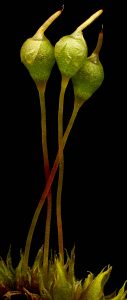Vouchers, that is the material from which DNA was extracted for this latest study below, are deposited in the CONN herbarium. Why are such vouchers needed, now that part of their genome is sequenced? Species boundaries in bryophytes are constantly reassessed, and primarily based on inferences from molecular data. Ultimately, the structure in genetic and phylogenetic diversity should or may want to be contrasted to patterns of variation in morphological traits, which can only be gathered from the specimens. By preserving the biological material, we maintain the opportunity to integrate its genetic and morphological traits in a broader study. And technologies change. Nothing replaces an actual specimen.Who would have predicted 40 years ago that DNA could be extracted from preserved specimens for sequencing? Maybe Michael Crichton!
Dong S., C. Zhao, S. Zhang, L. Zhang, H. Wu, R. Zhu, Y. Jia, B. Goffinet & Y. Liu. 2020. Mitochondrial genomes of the early land plant lineage liverworts (Marchantiophyta): conserved genome structure, and ongoing low frequency recombination. BMC Genomics 20: 953. pdf
Abstract reads: Background: In contrast to the highly labile mitochondrial (mt) genomes of vascular plants, the architecture and composition of mt genomes within the main lineages of bryophytes appear stable and invariant. The available mt genomes of 18 liverwort accessions representing nine genera and five orders are syntenous except for Gymnomitrion concinnatumwhose genome is characterized by two rearrangements. Here, we expanded the number of assembled liverwort mt genomes to 47, broadening the sampling to 31 genera and 10 orders spanning much of the phylogenetic breadth of liverworts to further test whether the evolution of the liverwort mitogenome is overall static. Results: Liverwort mt genomes range in size from 147 Kb in Jungermanniales (clade B) to 185 Kb in Marchantiopsida, mainly due to the size variation of intergenic spacers and number of introns. All newly assembled liverwort mt genomes hold a conserved set of genes, but vary considerably in their intron content. The loss of introns in liverwort mt genomes might be explained by localized retroprocessing events. Liverwort mt genomes are strictly syntenous in genome structure with no structural variant detected in our newly assembled mt genomes. However, by screening the paired-end reads, we do find rare cases of recombination, which means multiple concurrent genome structures may exist in the vegetative tissues of liverworts. Our phylogenetic analyses of the nuclear encoded double stand break repair protein families revealed liverwort-specific subfamilies expansions. Conclusions: The low repeat recombination level, selection, along with the intensified nuclear surveillance, might together shape the structural evolution of liverwort mt genomes.
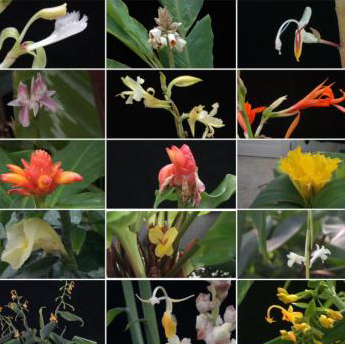
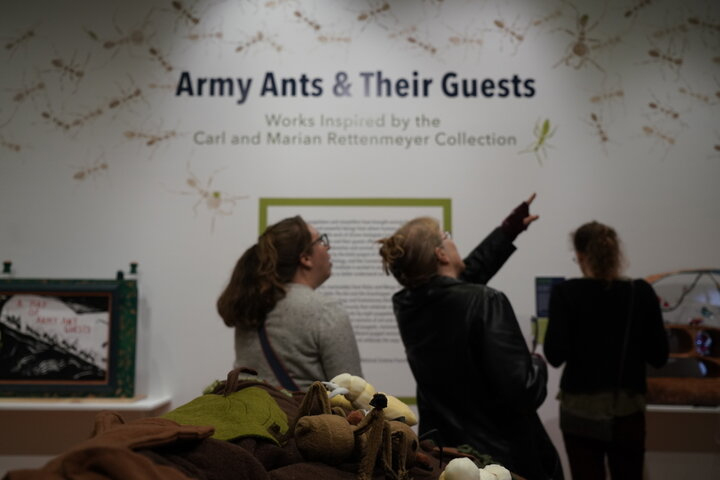

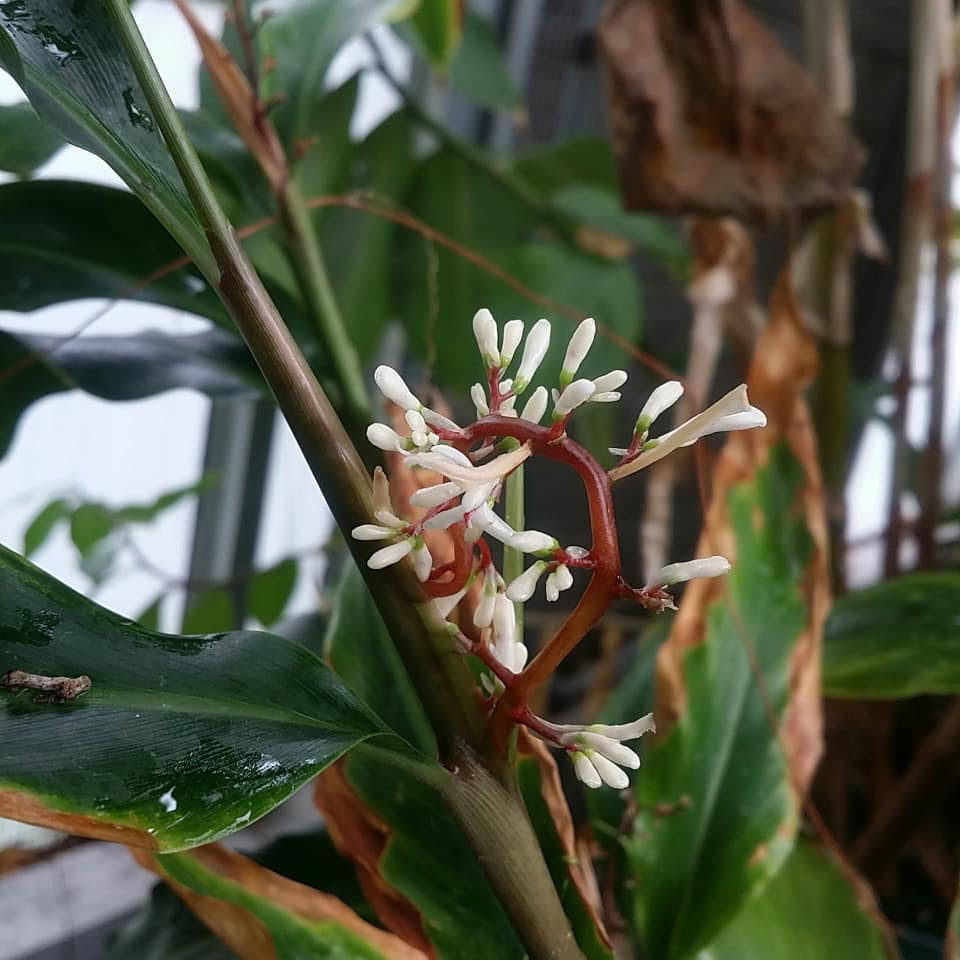 The BRC endowment provided opportunities for students to work in the collections during the summer. In the living plant collection, the student attended to essential horticultural task and help with the acquisition of a significant collection of Zingiberales (ginger relatives, over 200 species) which will greatly enhance the UConn living collections and directly support EEB faculty looking at a number of important questions utilizing the ginger family as a model system. A number of the recently acquired gingers are also new to science and will hopefully be described and published in the near future.
The BRC endowment provided opportunities for students to work in the collections during the summer. In the living plant collection, the student attended to essential horticultural task and help with the acquisition of a significant collection of Zingiberales (ginger relatives, over 200 species) which will greatly enhance the UConn living collections and directly support EEB faculty looking at a number of important questions utilizing the ginger family as a model system. A number of the recently acquired gingers are also new to science and will hopefully be described and published in the near future.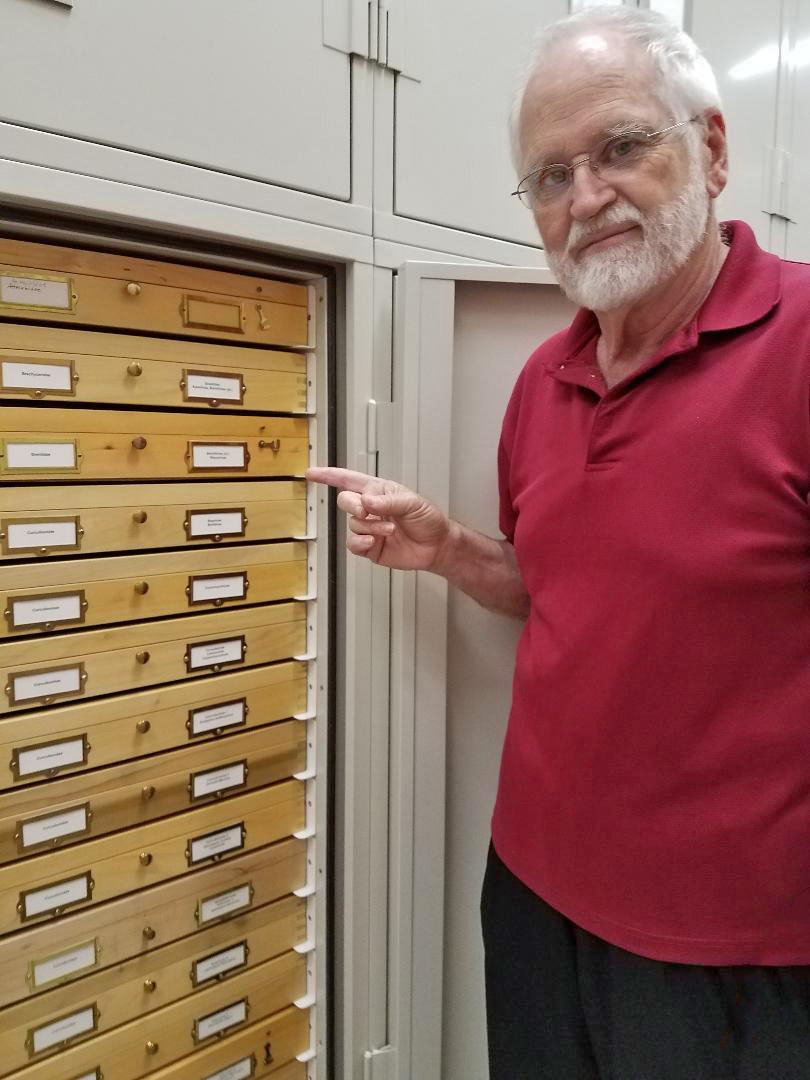 Dr. Stan Malcolm, an UCONN alum in Systematics and Entomology, has volunteered since 2017, to assist in the curation of the insect collection. He has reorganized several families of beetles, and he is shown here with his latest accomplishment: the weevils. The taxonomy of this group is now current, with all specimens transferred to new unit trays, and all trays with new labels. Great Job Dr. Malcolm!
Dr. Stan Malcolm, an UCONN alum in Systematics and Entomology, has volunteered since 2017, to assist in the curation of the insect collection. He has reorganized several families of beetles, and he is shown here with his latest accomplishment: the weevils. The taxonomy of this group is now current, with all specimens transferred to new unit trays, and all trays with new labels. Great Job Dr. Malcolm!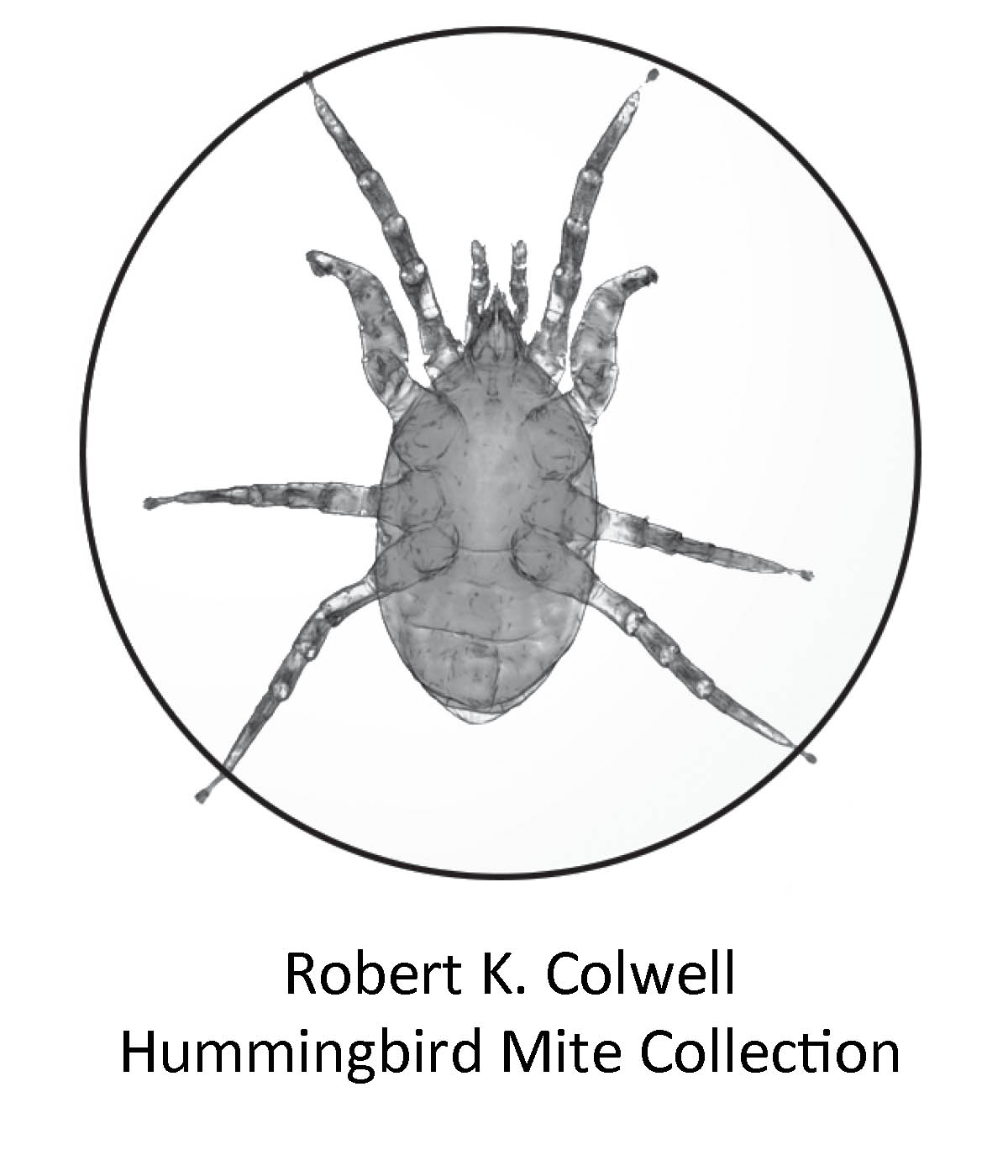
 A unique collection of mites associated with hummingbird pollinated flowers, assembled over nearly 50 years by Dr.
A unique collection of mites associated with hummingbird pollinated flowers, assembled over nearly 50 years by Dr. 